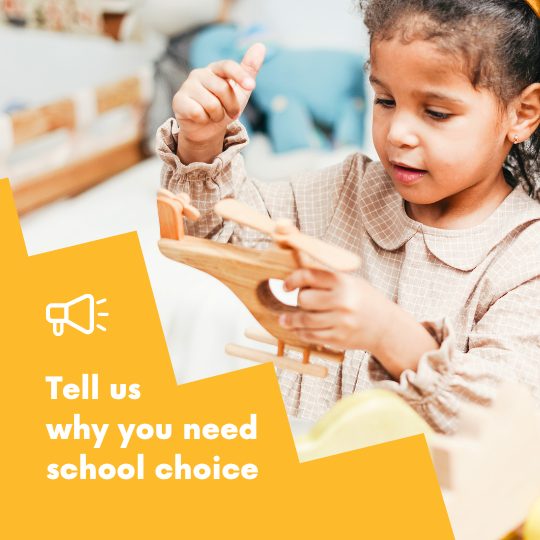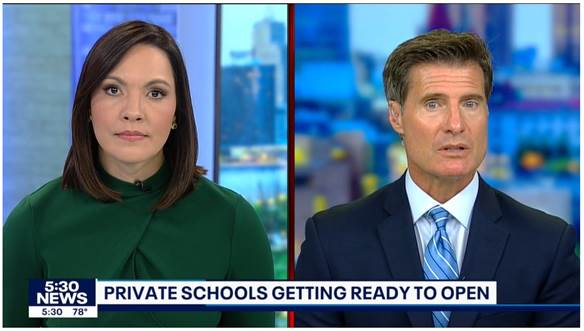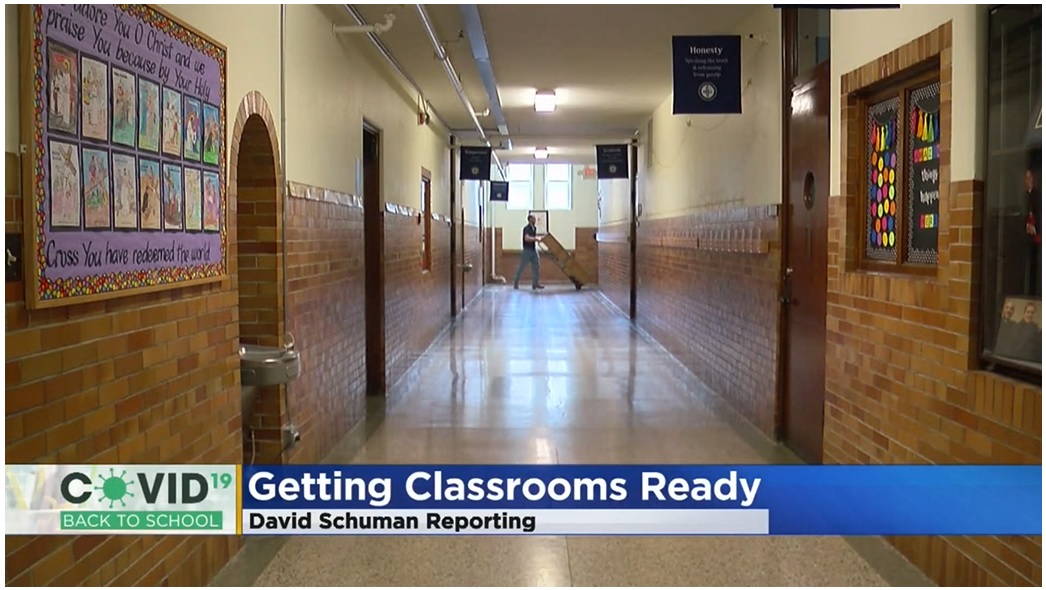Some of us may remember the Helen Lovejoy character in The Simpsons, who would appear any time some catastrophe befell the town and plaintively wail, “Won’t someone please think of the children?!” The joke here, of course, is that as long as you do something in the name of helping children, it must be right, and you must be virtuous.
Such sentiments are easily ridiculed in cartoons, but unfortunately, they take root in reality like Russian knapweed despite copious evidence undermining their veracity. Consider your own government-school experiences, whether as a student, parent, or interested observer:
- How often did you or your children feel that school was something being done for you and not to you?
- How often did you or your children, especially in middle and high school, leave excited for school in the morning? (If you think that question is unfair, consider what that says about the traditional school system.)
- How often did you or your children feel respected by the school system and those who ran it?
It is that latter question I want to address herein because the concept of respect is one that I have violated time and again during my work as a teacher, and it is one that is foundational to what is rotten in the government school system.
We’ll Control Your Time
Perhaps the most obvious yet overlooked way I and others in the school system disrespected students was by controlling their time. The bell system, a relic of concern over the efficient use of buildings and punctuality, ensures that students know when it is time to learn a subject and when it is time to stop learning a subject, thus guaranteeing that learning becomes relegated to specific time frames determined by others.
Working on your math homework in social studies class? Why, that is forbidden and worthy of punishment. That time is for social studies only. Please wait for the dulcet tone of the bell to signal to you when you are permitted to learn something else. Of course, if you do want to continue learning said subject, that is also not permitted because the bell has told you that it is time to move on to a new subject.
Imagine if anything outside of school worked in the same manner: Cutting your grass? You have forty-five minutes. When you hear the bell, stop and then begin vacuuming your living room. Coding a new piece of software? You have forty-five minutes. When you hear the bell, stop and then return to your assigned small group from the day before to continue working on a marketing campaign for a completely different product.
Is it likely that such processes would yield anything but fragmentation, frustration, and subsistence-level productivity? However, those outcomes are exactly what government schools produce time and again.
This control of time also lends itself naturally to the gradual destruction of students’ innate love of learning. We need look no further than young children to see this inborn quality, but over time, the traditional school system erodes this natural love through control. This erosion is evident each day in the desultory walks of middle school and high school students to their bus stops and through their days at public schools.
We’ll Aggress Against You
In addition to the control exerted over students, I and others in the system perpetrate or at least permit aggression against those students day in and day out. The most common form that it takes is emotional aggression via the adversarial relationship that school systems and the adults therein create with students. In school, students learn that their self-worth is adjudicated by others in the form of arbitrary letters from A to F that the adults claim have a strong bearing on one’s success or failure in life.
Moreover, today’s push for college for all only intensifies this aggression because it places outsized importance on each test and each assignment, any one of which might make or break a student’s college plans (or so students are told), so students essentially operate in pressure cookers each day that impel them to worry far more about grades than about learning any content or finding joy in that learning.
It is this pressure, added to the normal emotional struggles of growing up and finding one’s place in the world, that contributes to the rising rates of depression and suicides among young adults. To be clear, I am not making a scientific claim that school naturally causes depression or suicide; I simply posit, from my own experiences and observations, that traditional school systems do little to mitigate such issues and likely only aggravate them.
When students often are apathetic at best or adamantly opposed at worst to attending school each day, what impact might that have on their emotional and psychological health?
Consider that more than half of United States adults are glad they no longer have to spend time in school. Further, in a recent study of high school students’ self-reported feelings about school, over 75 percent of those reported feelings were negative. In a more specific study of 472 high school students in Connecticut, they self-reported negative feelings over 60 percent of the time while in school.
Of course, this widespread emotional aggression is complemented by physical aggression or the threat thereof in many schools around the country. As I detailed in a previous article, students are actually more frightened of violence inside rather than outside schools, and there were over 1.6 million nonfatal violent incidents in schools between 2017 and 2019, about twice as many such incidents as outside schools.
Thus, in many schools around the country, students deal with both physical and emotional aggression each day such that school becomes more about surviving than thriving.
We’ll Lie to You
In a final display of disrespect, I and others in the school system trade in lies nearly every day. We lie because, ultimately, our interest is in following orders, keeping our jobs, and preserving the system. Take standardized testing as an example. Although many of my colleagues and I saw little value in the tests or the massive bureaucracy around them, we dutifully completed test-preparation exercises with our students and lied to them about the importance of the tests for them and “their” school system.
At one point, our district leaders decided that state-test results would not appear on our students’ transcripts, thus providing students with little incentive to put their best efforts into the tests or to even show up on testing days, but students were not always aware of this change. During a department meeting, one of my colleagues lamented this lack of incentives for students, so my department chairperson bluntly stated, “We’ll just have to lie to them.”
This type of behavior is common, though, when the majority of the daily goings-on in schools are done for the benefit of teachers, administrators, state bureaucrats, and the system itself—not students, as is claimed.
We also lie directly when we state or indirectly when we intimate that we care about and can help all students to learn, but the government school system can offer only ersatz solutions such as preferential seating, more time after school, graphic organizers, and chunking assignments.
If I and the other school leaders truly cared about your children, though, why would we not examine all possible solutions and subject the system itself to scrutiny as perhaps part of the problem? Has anyone in your local district ever sat down with you and your children to determine which learning options might best suit them, whether in a government school or elsewhere?
Analogously, consider whether you would prefer a doctor for your children who claimed she could treat every patient no matter the problem because she cared so much or one who thoroughly tried to determine what was actually ailing your children and then suggested options—including other doctors—to treat those ailments.
Ready for R-E-S-P-E-C-T?
If much or even some of the above sound familiar to you from your own school experiences or those of your children, know that alternatives do exist—many of which move well beyond private schools with high tuition but nearly identical systems to those in government schools. In previous articles, I discussed several such options, and you can find self-directed education, microschools, and other education options near you.
The beauty of these options is that they are predicated on respect because they have to be: they survive through voluntary contributions of tuition and donations, not coercive funding. They are also generally much more transparent about their curricula, beliefs, and pedagogies than public schools because they must freely compete for your business.
Contrary to schools based on traditional models, such alternative systems based on choice are ones that show students and families just a little r-e-s-p-e-c-t.
—
This article is republished from Mises Institute under a creative commons license.
Image Credit: Pexels











![[downloaded during free trial]](https://oakmn.org/wp-content/uploads/2025/11/iStock-1430368205-120x86.jpg)

